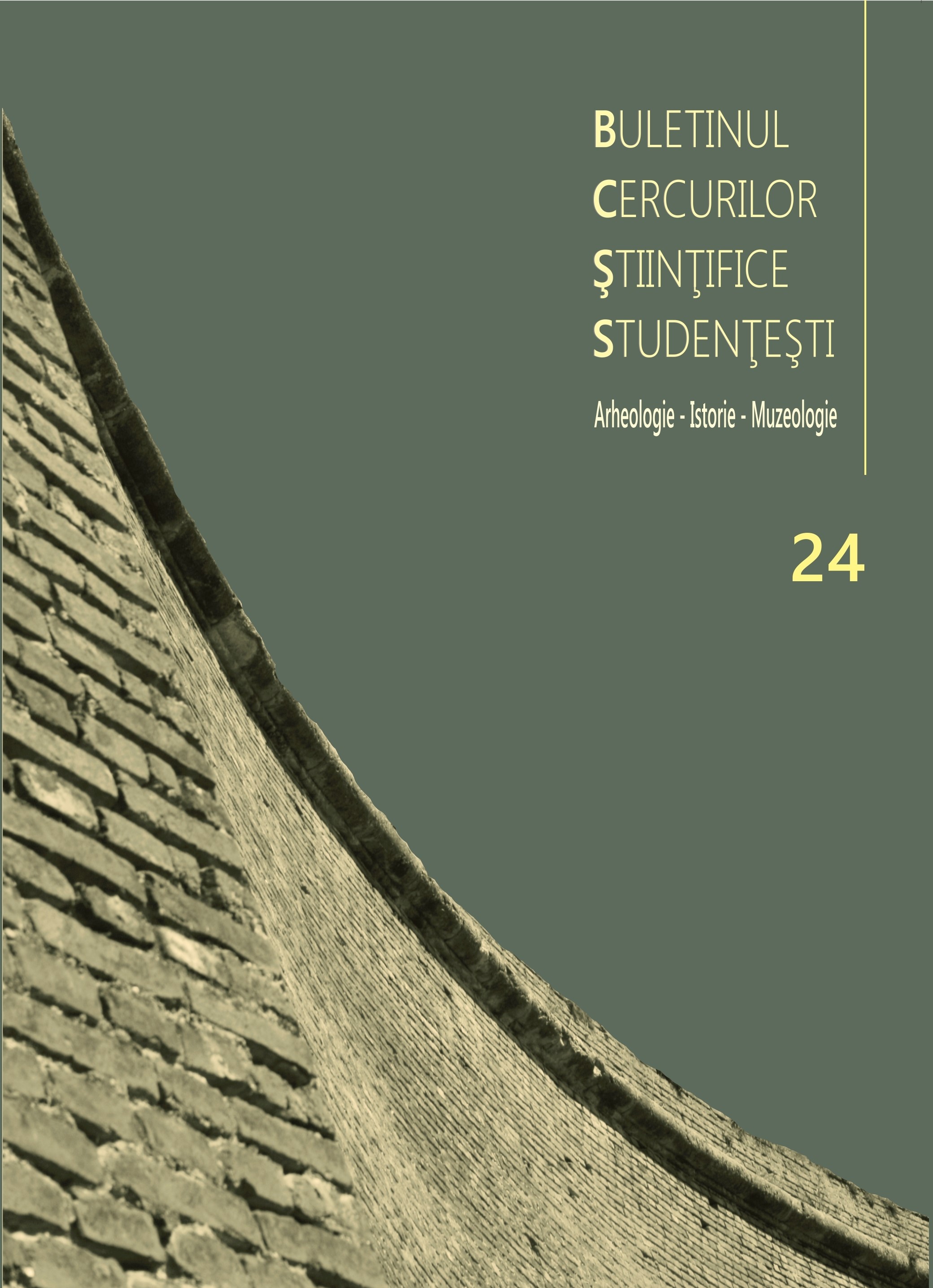Bunuri fără preț. Relicvele în context privat în Transilvania medievală
Priceless assets. Relics in a private context in Medieval Transylvania
Author(s): Cătălina-Tatiana CovaciuSubject(s): History, Middle Ages
Published by: Universitatea »1 Decembrie 1918« Alba Iulia
Keywords: Relics of the saints; Christian materiality; lay piety; treasuring sacred objects; centre-periphery model;
Summary/Abstract: The relics represent material fragments – either physical remains or objects that have come into contact with saints’ bodies– whose value is nevertheless essentially spiritual; they are considered to be imbued with divine grace and credited with miraculous virtues. As constituent elements of the sacred person, relics irradiate sacred energy and facilitate access to the intercession of the saints who dwell in Paradise, in closeness to God. These are the circumstances under which the Church authorizes their cult, being concurrently concerned with reinforcing an orthodox behavior among the believers. Besides liturgical and devotional functions, relics were employed by medieval Christians in security or healing scenarios, but also in judicial and political affairs. Thereby, since the line between the sacred and the profane was rather blurred, relics appeared in what we would define as eminently lay contexts and were even possessed by private individuals. This is the focus of this paper, whose aim is to analyze the question of privately owned relics in medieval Transylvania, in relation to similar occurrences at the level of the whole kingdom of Hungary, as well as to the general context of relic-related practices in medieval Christianity, thus taking into account center-periphery theory. This subject is particularly suitable for the Romanian historiography, since a systematic approach of relic veneration in Transylvania from a historical perspective is unprecedented. Our investigation is based on diplomatic sources of a juridical nature and it could be extended towards a more specific devotional documentation. However, we mainly intended to signal a potent and appealing research field that may provide us with interesting suggestions regarding Transylvanian religious life and the lay understanding of the sacred, and concomitantly the local assimilation of a universal phenomenon.
Journal: Buletinul Cercurilor Științifice Studențești
- Issue Year: 24/2018
- Issue No: 1
- Page Range: 139-162
- Page Count: 24
- Language: Romanian

